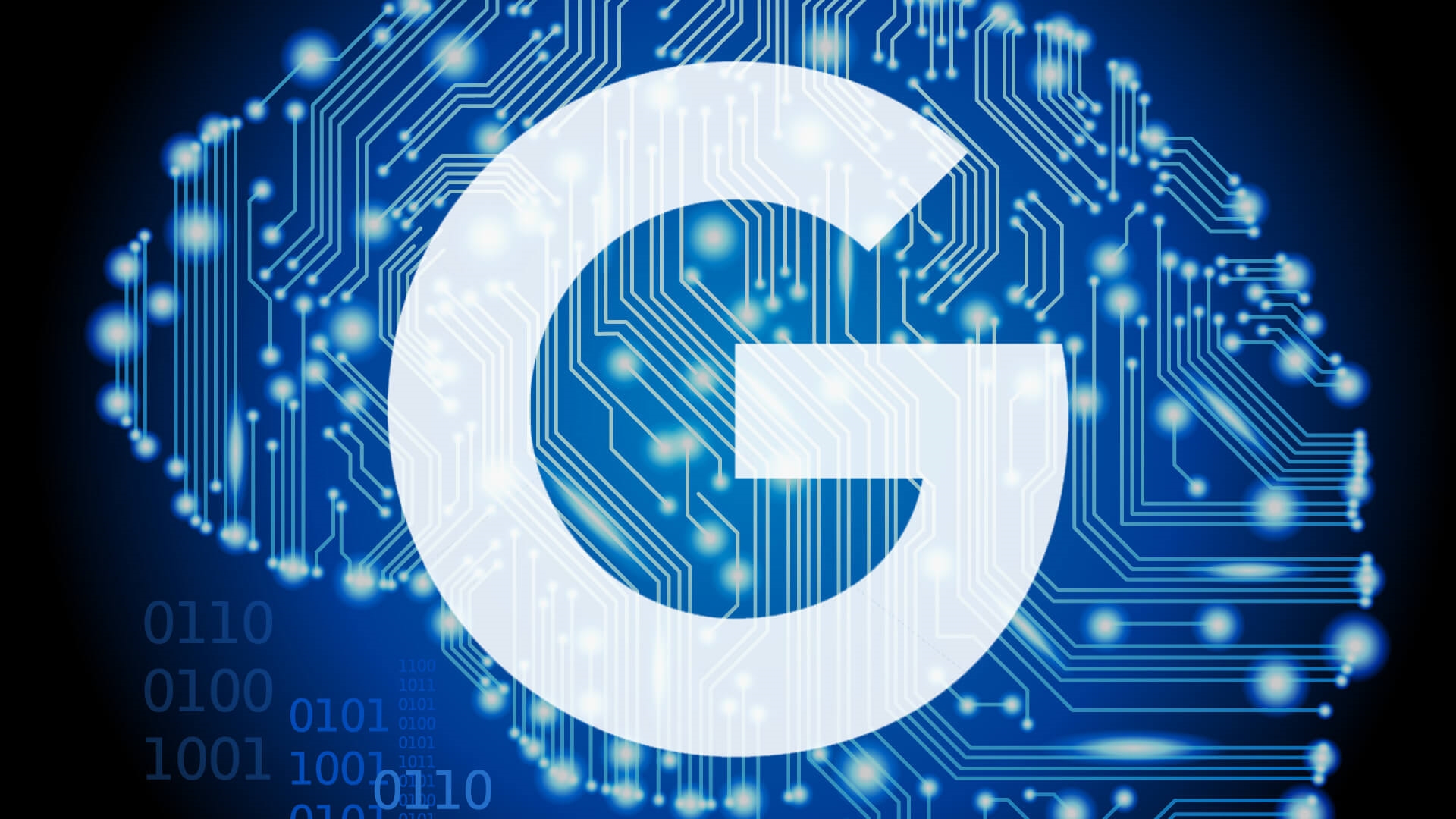Google Pushes Automation, Wants Search Marketers To Commit
Google Pushes Automation, Wants Search Marketers To Commit
For years, the search industry continued to make improvements through machine learning and artificial intelligence. But until Google introduced a responsive search ad optimization tool earlier this week, the building blocks were negligible.

“We have seen the growth of machine learning and artificial intelligence give way to a tremendous amount of automation that can be used as building blocks,” said Jessie Dearien, vice president, head of paid search at iProspect. She describes the optimization tool as “a layer for the ad copy.”
For the past couple of months, iProspect has been testing Google Responsive Search Ads, the automation tool announced earlier this week, with several advertisers. The tool provides the ability to make granular decisions with the power of machines.
“Automation won’t change the marketer’s responsibilities, but it will change the tactical execution,” she said, noting that the area continues to evolve. “A lot of things need to happen before we can truly feel comfortable knowing we can rely on the algorithm and data coming out of it.”
Dearien believes this will make the search marketer’s role strategically more significant because as algorithms improve, it will become more critical to feed the best message and information into the machine.
The Google Responsive Search Ads tool provides the ability to mix and match variations. Rather than having one static ad or two or three rotating static ads, the platform automatically generates a combination of ads based on the 15 headlines and four descriptive lines that have been input into the system.
It also considers a variety of triggers such as the time of day, location, weather, device type, historic searches and keywords. Driven by machine learning, the triggers are likely to include all the information Google has about a consumer’s search experience and interaction with the brand.
Marketers can approve the headlines and descriptions before they are entered into the system, but there is no approval process after the tool creates the completed ad. “Google doesn’t make up any of the ad elements,” she said. “You approve the headlines and description lines before the ad gets built.”
iProspect tested the optimization tool with advertisers from a large B2B a travel brand, along with a couple of retail brands. Dearien said the B2B and travel are similar. Both show improvements in click-through rates around 15% to 20%. They also see a decrease in the cost per click of about 15%, stemming from the improvements in quality score and relevance.
(23)


